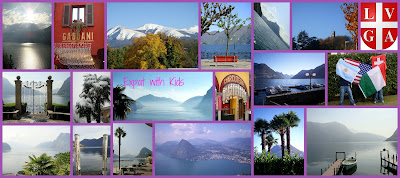Arising from an ongoing discussion on Twitter and in real life about the benefits of multilingualism and challenges of changing attitudes towards learning multiple languages, the International Day of Multilingualism aims to celebrate linguistic diversity and the multi-layered, multi-lingual way that humans actually use languages in everyday life.
The 27th March was chosen for the International Day of Multilingualism because 27th March 196 BC is the date mentioned on the famously multilingual Rosetta Stone, engraved with Ancient Egyptian, in both hieroglyphic and Demotic text, and Ancient Greek.
Support the first International Day of Multilingualism on 27th March 2019 by:
a) sharing a photo/quote/fact related to languages across your social media accounts
b) using the #multilingualisnormal hashtag in all posts today
Multilingual is normal. Let’s celebrate multilingualism, whatever that looks like!
Facts about multilingualism:
- If there are about 7,000 languages in the world distributed over 195 countries, then every country in the world is multilingual.
- The amount of languages spoken in a region differs greatly. For example, Europe as a region features less languages than many equivalent sized regions in Asia or Africa.
- Ninety languages are spoken in Europe, of these 37 are official state languages and 53 are so-called “stateless” languages.
- Being multilingual is the norm for most individuals in the world and this will increasingly be the case.
- Most languages can be clustered in different families but some are completely unrelated to any other known language.
- The number of speakers of a language differs if we also count those learning the language as a foreign language (i.e. through a school).


No comments:
Post a Comment